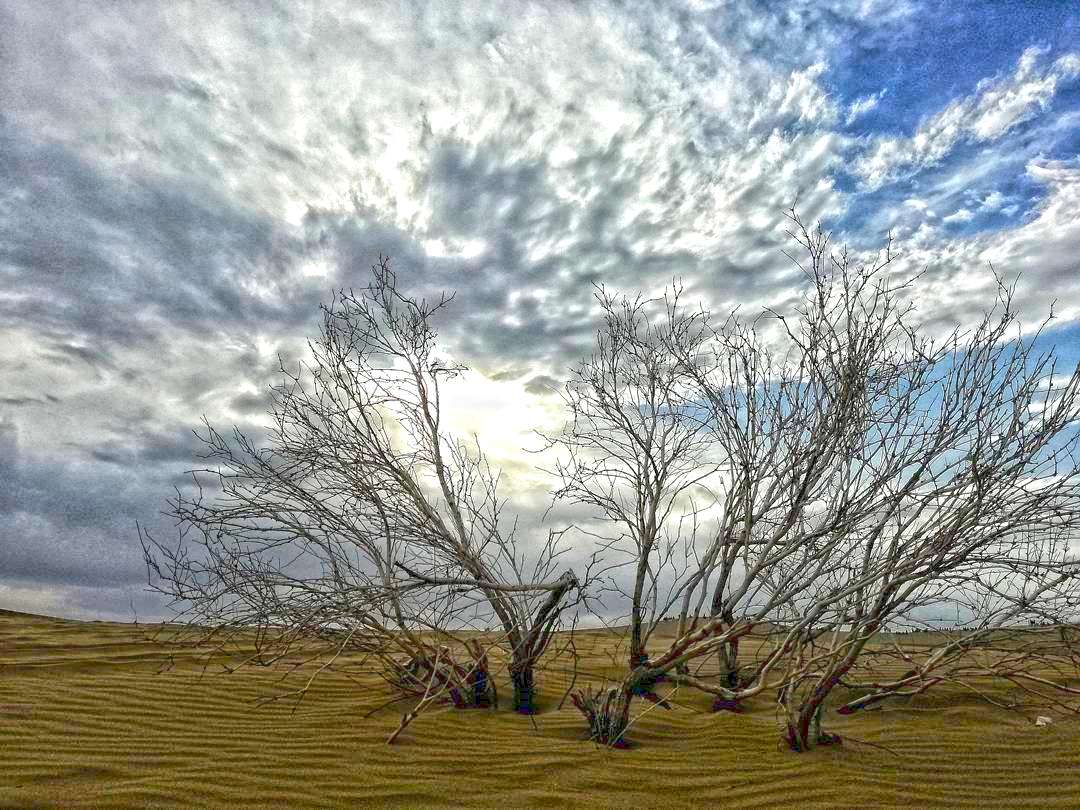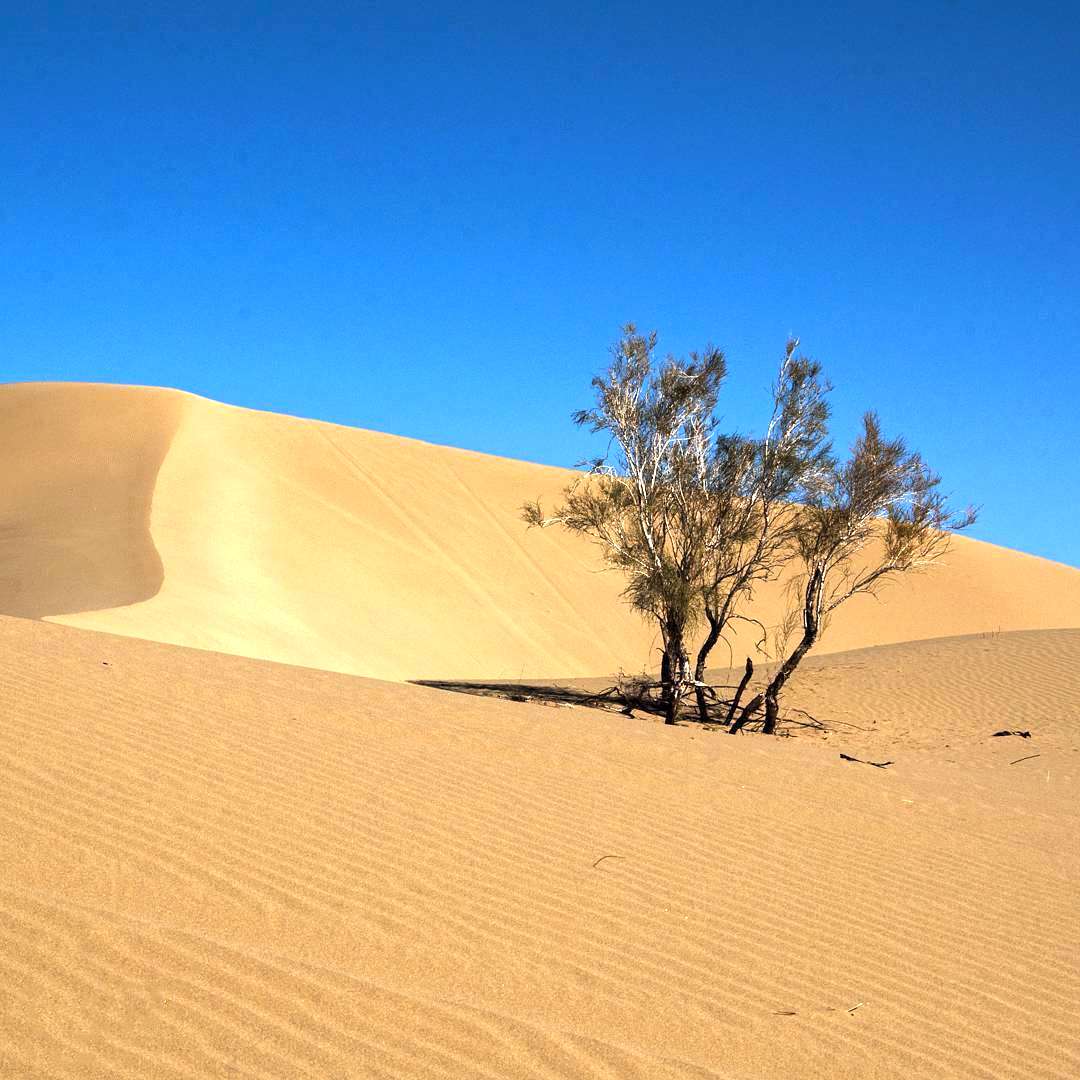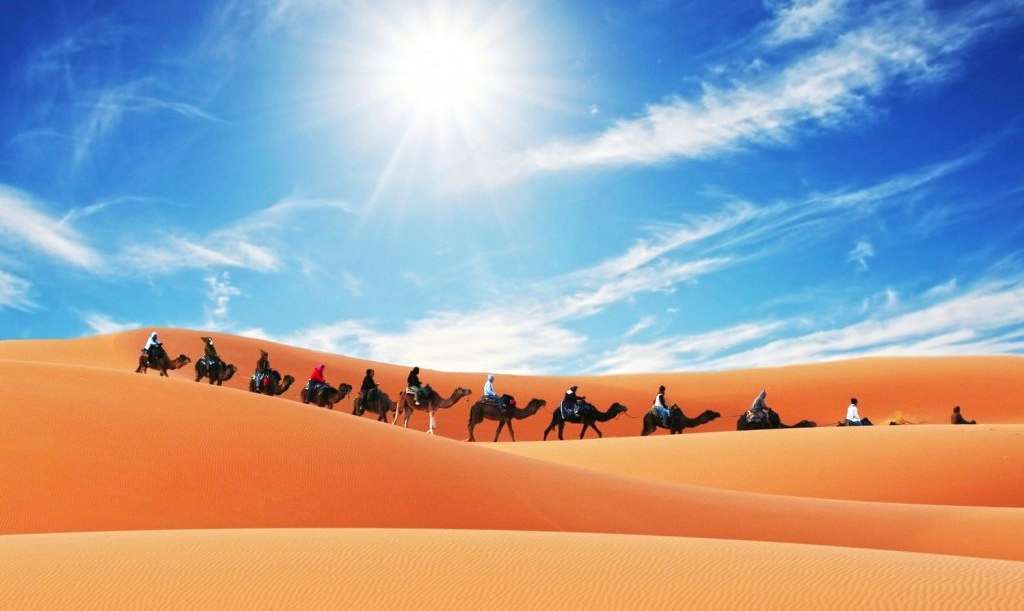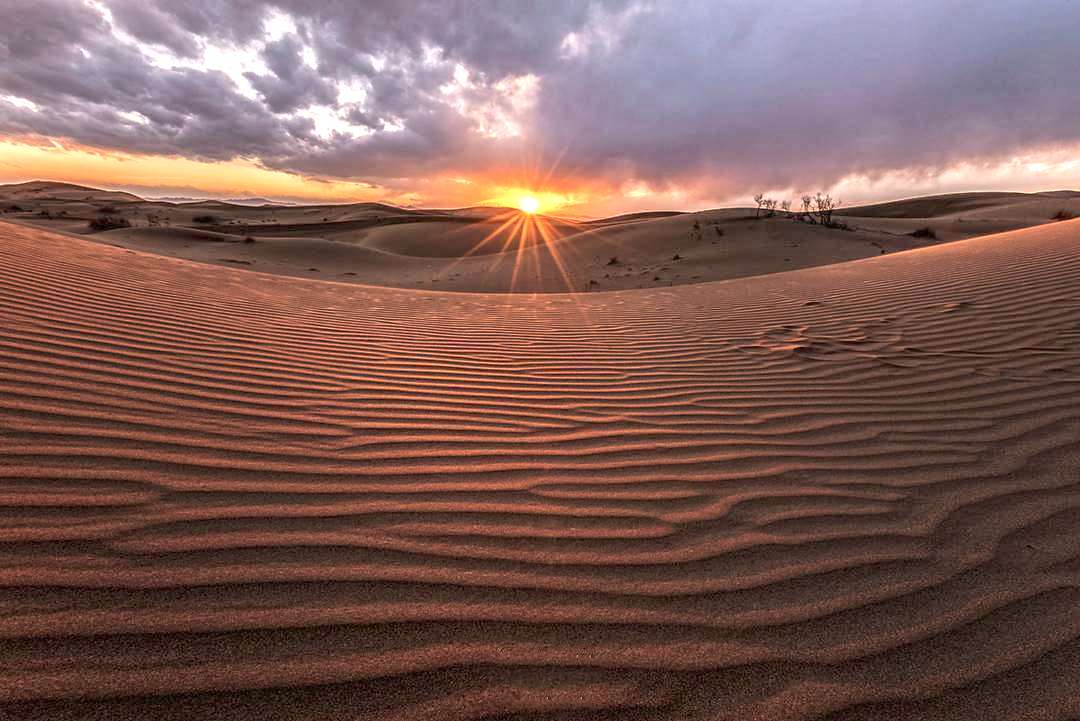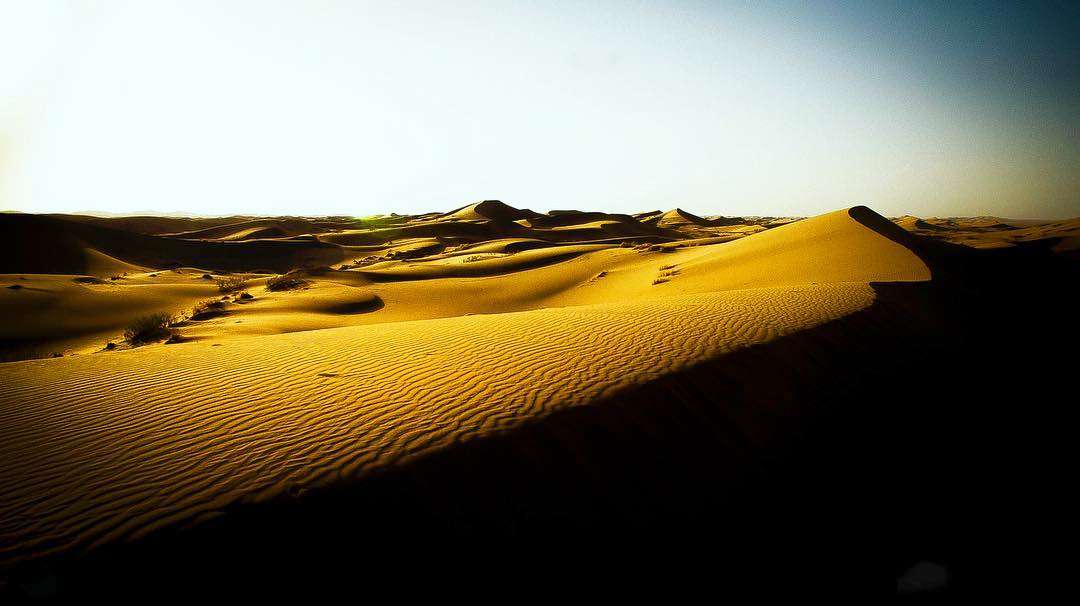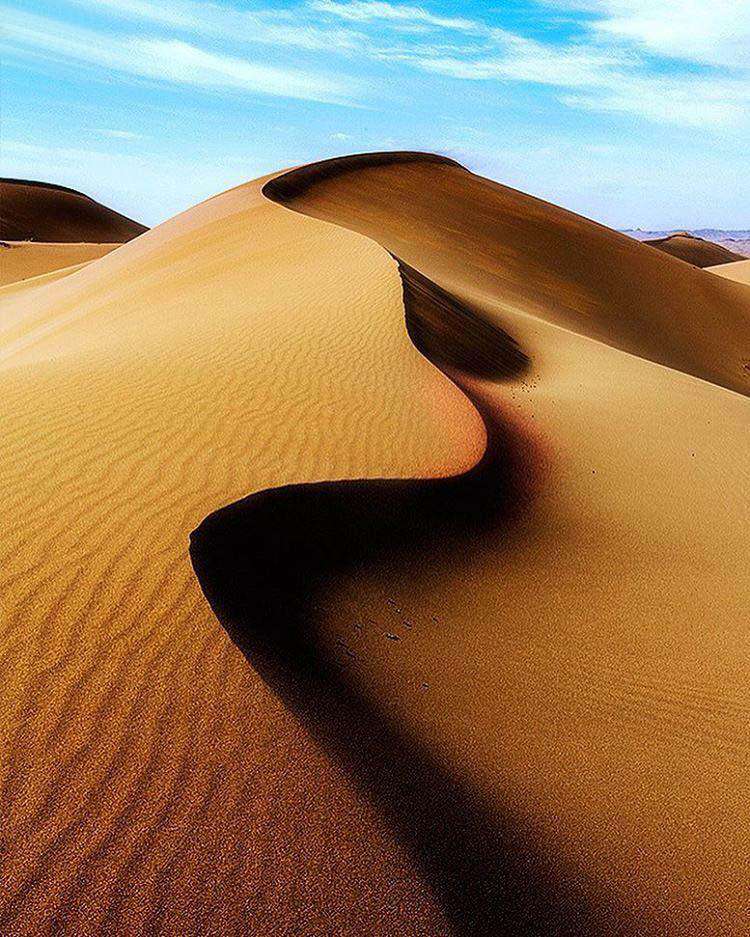Varzaneh Desert
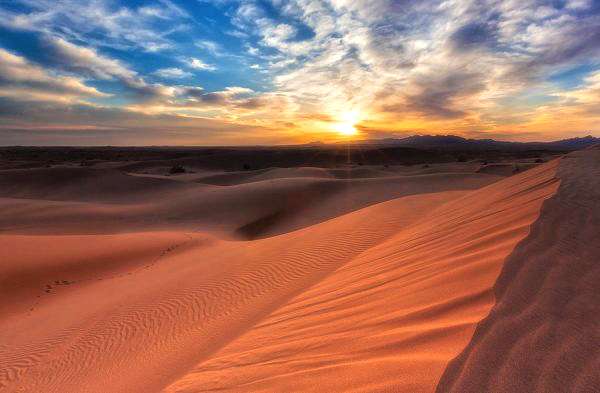
- Visiting
Varzaneh Desert in Varzaneh
- ThemeNature & Adventure/ Spiritual
- CodeIRSG21
- Duration24 hr(s)
- Spring6:00-10:00
- Summer
- Autumn6:00-18:00 *
- Winter6:00-18:00 *
* Best Time
Photos of the Varzaneh Desert
Explore the Varzaneh Desert
| Varzaneh Desert |
The women in the white veil, an old bridge, a 600-year old congregational mosque, a Shah Abbasi caravansary, old mud-brick wind towers, citadels, water mills, and a mausoleum known as Zayn al-Abedin are all you will see in this city. If you want to be a little off the well-worn tourist trail, the historical city of Varzaneh is a wonderful place to visit. This silent city, in the heart of the desert, is blessed with many attractions, from historical monuments to special rituals and costumes. As you enter the city, the unique type of women's clothing draws your attention to itself. That’s why it is called the city of white pigeons (referring to the women wearing white veils). There are many reasons for this remarkable tradition, some people believe that it has a geographical reason (they wear white veils due to very hot summers in this desert city), and the others attribute it to the cultural background, driven from Zoroastrian beliefs. Since Varzaneh was once a Zoroastrian city, its residents still speak in Middle Persian.
Historical monuments are not the only attractions in Varzaneh, the city boasts a bunch of traditions which make it a distinguished city among the others. It is said that the Jame‘ Mosque of Varzaneh was erected about 600 years ago, on the remains of a Zoroastrian fire temple. This Timurid mosque displays a square-shaped courtyard which is laid out around a pool, enclosed by two verandas on the northern and southern sides, and two prayer halls (Shabistan) on the eastern and western sides. The remains of the old fire temple have been discovered beneath the entrance portal of the mosque.
The brick arch bridge of Varzaneh is the last historical bridge on Zayandeh-rud, before flowing into the Gavkhuni Wetland. Dating back to the Seljuk era (11th century), it originally featured seven arches on the southern side. However, it was renovated several different times and the other three arches on the northern side were added to it about 140 years ago. The bridge connects the old and new sections of Varzaneh and is no longer used by vehicles. Right now, it is a footbridge.
Gavchah (Gavchah) is a traditional irrigation system you may see only in Varzaneh. First, the farmer helps a bull to move on a ramp, pulls the bucket of water out of the well. Then, the farmer pours the water into the waterways which flow through his farm.
Highlights
- Khara Desert
Khara Desert
Isfahan is blessed with abundant desert scenery and activities. Many of them are a mesmerizing sight, welcoming tourists almost all time of the year. On the eastern edge of Isfahan province, some 150 km west of Yazd, the nice desert of Khara (Kavir-e Khara) is nestled where Zayandeh-rud flows into its final basin, Gavkhuni wetland. The scenic desert features salt cedars and very high rippling dunes, some of them reach about 100 m height. During the day, as you are hiking along the dunes, stop at the top of the lofty ones and overlook the picturesque landscape made by the contrast of sand and salt enclosing the half-dried wetland. Other than hiking, you are able to take a motorbike tour and have an excellent experience in the desert.
Important Information
Additional Info
If you plan to go there individually, you need to follow this route: Jay Terminal (on the eastern side of Isfahan) – Ziyar- Nikabad- Varzaneh
On your way to the desert, you can see some of the historical highlights of Varzaneh: - Ziyar Minaret (a brick minaret standing at the south of Zayandeh-Roud, dating back to around 10 century) - Historical Bridge of Varzaneh (the last historical bridge on Zayandeh-Roud, dating back to the 17 century.) Visiting the desert of Varzaneh will take about 5-6 hrs. Wear proper clothes as the desert temperature drops at nights
Degree of difficulty: 1 out of 5

